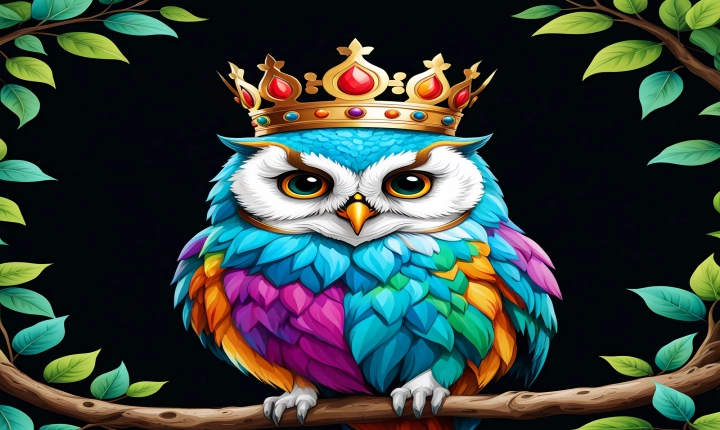Chatbots and ChatGPT: Understanding the Difference
In recent years, chatbots and AI models like ChatGPT have become increasingly popular for facilitating interactions between humans and machines. However, there’s often confusion about the differences between these two forms of conversational technology. In this article, we’ll explore the distinction between chatbots and ChatGPT, and the unique capabilities and use cases of each.
Chatbots: Automated Systems for Task-Oriented Interactions
Chatbots are automated systems designed to simulate conversation with human users. They are often built for specific tasks or domains, such as customer service, appointment scheduling, or information retrieval. Chatbots typically follow pre-defined scripts or rules to respond to user queries and carry out tasks.
One common type of chatbot is the rule-based chatbot, which relies on if-then rules to guide its responses. Another type is the machine learning-based chatbot, which uses training data to learn how to respond to user inputs. These chatbots are often trained on large datasets to mimic human-like conversations within their specialized domain.
ChatGPT: Open-Domain AI Language Model for Natural Language Understanding
On the other hand, ChatGPT, which are powered by large language models like GPT-3, are designed for open-domain natural language understanding and generation. Unlike traditional chatbots, ChatGPT does not have predetermined scripts or task-specific functionalities. Instead, it is trained on a diverse range of internet text to understand and generate human-like language.
ChatGPT is capable of understanding and generating responses to a wide variety of prompts, ranging from casual conversation and information retrieval to creative writing and problem-solving. It can exhibit a high level of linguistic diversity and adaptability, making it suitable for a broad range of conversational applications.
Key Differences and Use Cases
The primary difference between chatbots and ChatGPT lies in their design and functionality. Chatbots are tailored for specific tasks and domains, while ChatGPT is general-purpose and adaptable to diverse conversational contexts. Here are some key differences and use cases for each:
Chatbots:
– Task-specific: Designed to perform specific functions, such as booking appointments, answering FAQs, or providing product recommendations.
– Domain-limited: Trained and optimized for a particular subject matter or industry, such as healthcare, finance, or e-commerce.
– Structured conversations: Follow pre-defined conversation flows and rules to accomplish tasks efficiently.
– Automated workflows: Integrate with backend systems and databases to fulfill user requests in a structured manner.
ChatGPT:
– Open-domain: Capable of understanding and generating natural language across a wide range of topics and contexts.
– Creative and exploratory: Can engage in open-ended conversations, storytelling, idea generation, and complex problem-solving.
– Adaptive and diverse: Exhibits a high degree of linguistic diversity, creativity, and adaptability, making it suitable for various conversational applications.
– Versatile interactions: Can be used for chat-based customer support, language translation, content generation, and educational purposes.
In summary, chatbots and ChatGPT serve distinct purposes in the realm of conversational AI. While chatbots excel at performing specific tasks within predefined domains, ChatGPT is geared towards open-domain natural language understanding and generation. Understanding the unique capabilities of each can help businesses and developers leverage the right technology for their specific use cases, ultimately enhancing the quality of human-machine interactions.
